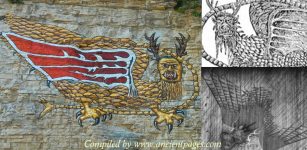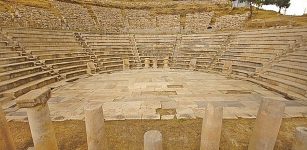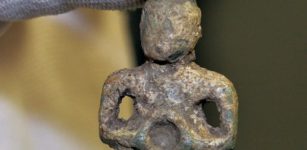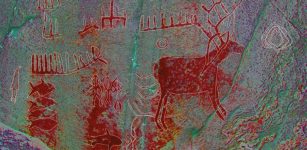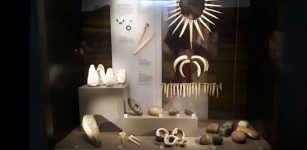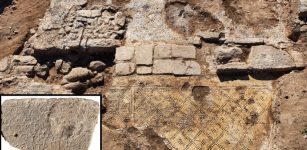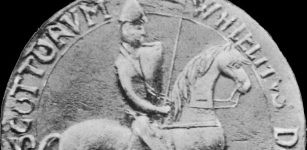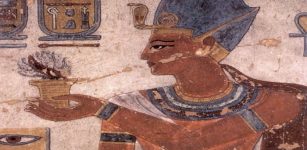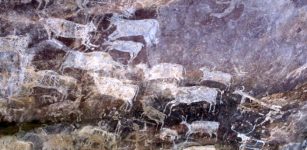7,000-Year-Old Male Skeleton In Garment Decorated With Sea Shells, Red Deer Teeth Identified In France
AncientPages.com - A body of an adult man buried in the 5th Millennium BC in Avignon, southern France has been recently studied by a team of researchers from Bordeaux Montaigne University, France.
His grave was excavated in the 1970s, but for the first time, now, the body and its 7,000-year-old garments were studied with modern techniques.
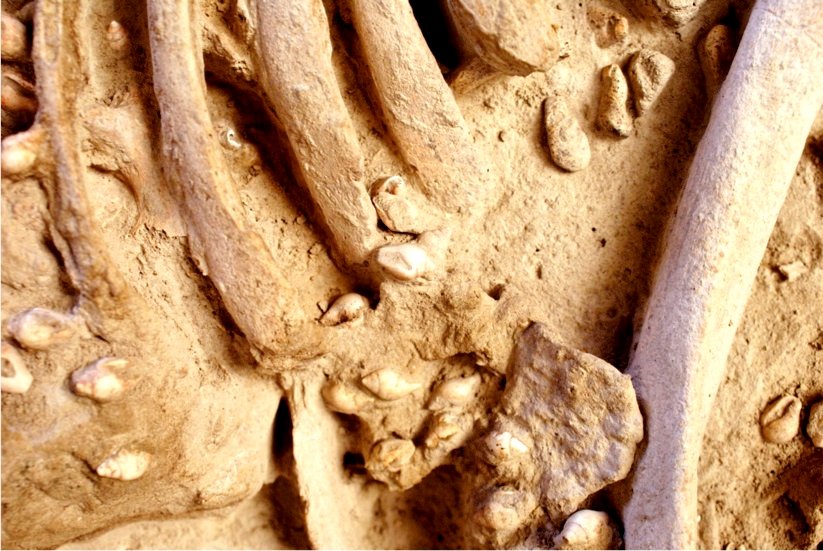
"The presence of red deer canines is unique in the region, and the combination with columbella is unique too," Photo: .Aurélie Zemour via ibtimes.co.uk
Using 3D laser technique, researchers have been able to identify a garment the man’s body was decorated and subsequently “buried, adorned with sophisticated embroidery using 158 red-colored Columbella rustica shells and 16 red deer canines,”write researchers in their paper.
The man who was buried between 4950 and 4800 BCE in the Mediterranean, was between 20 and 50 years old and estimated to be 1.67 meter (about 5'5") tall, reports IBTimes UK.
"The presence of red deer canines is unique in the region, and the combination with columbella is unique too," study author Aurélie Zemour of Bordeaux Montaigne University said.
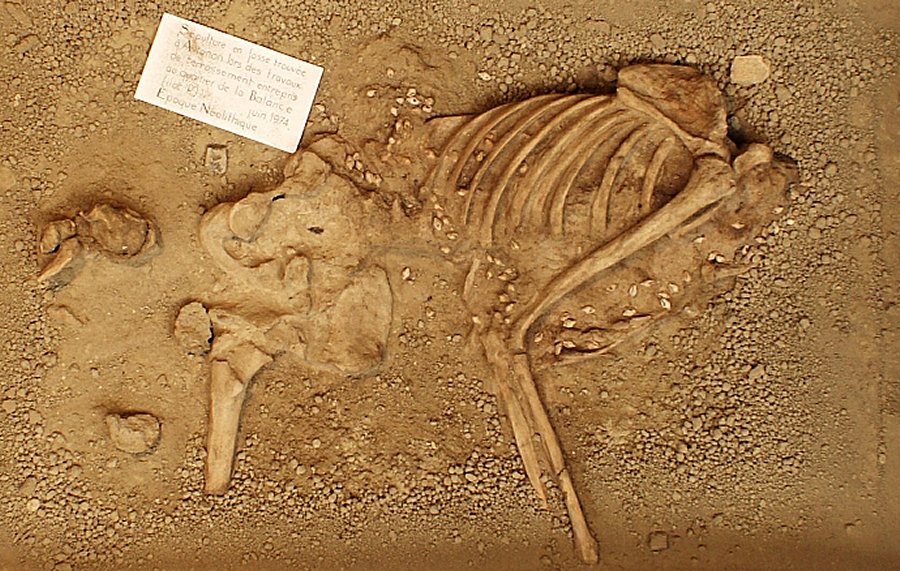
Garment of the deceased man was adorned with sophisticated embroidery using 158 red-colored Columbella rustica shells and 16 red deer canines. Photo: .Aurélie Zemour via ibtimes.co.uk
The body of the male was buried in primary deposition without any architectural features preserved; the male’s skull, hands and legs were not found in his individual and isolated grave, located in Avignon, southern France.
But according to researchers, the study was very successful because it helped at least to to reconstruct and identify the garment and its decorations.
"This burial is also important because there burial constructs containing grave goods are rare. But the materials worn by the dead here are obvious and ornaments are visible. The burial is exceptional," Zemour said.
original story - here
AncientPages.com





